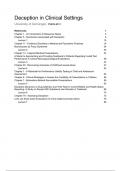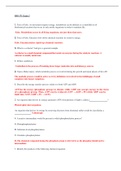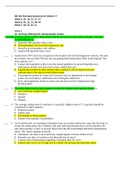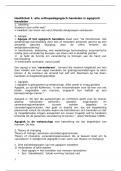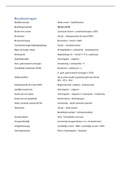Samenvatting
SUMMARY deception in clinical settings (2024/2025)
This is a summary based on the course "deception in clinical settings" given at the RUG in 2024/2025. It contains all the mandatory readings and the lecture notes (new version will be uploaded soon with the remaining notes of lecture 7).
[Meer zien]
